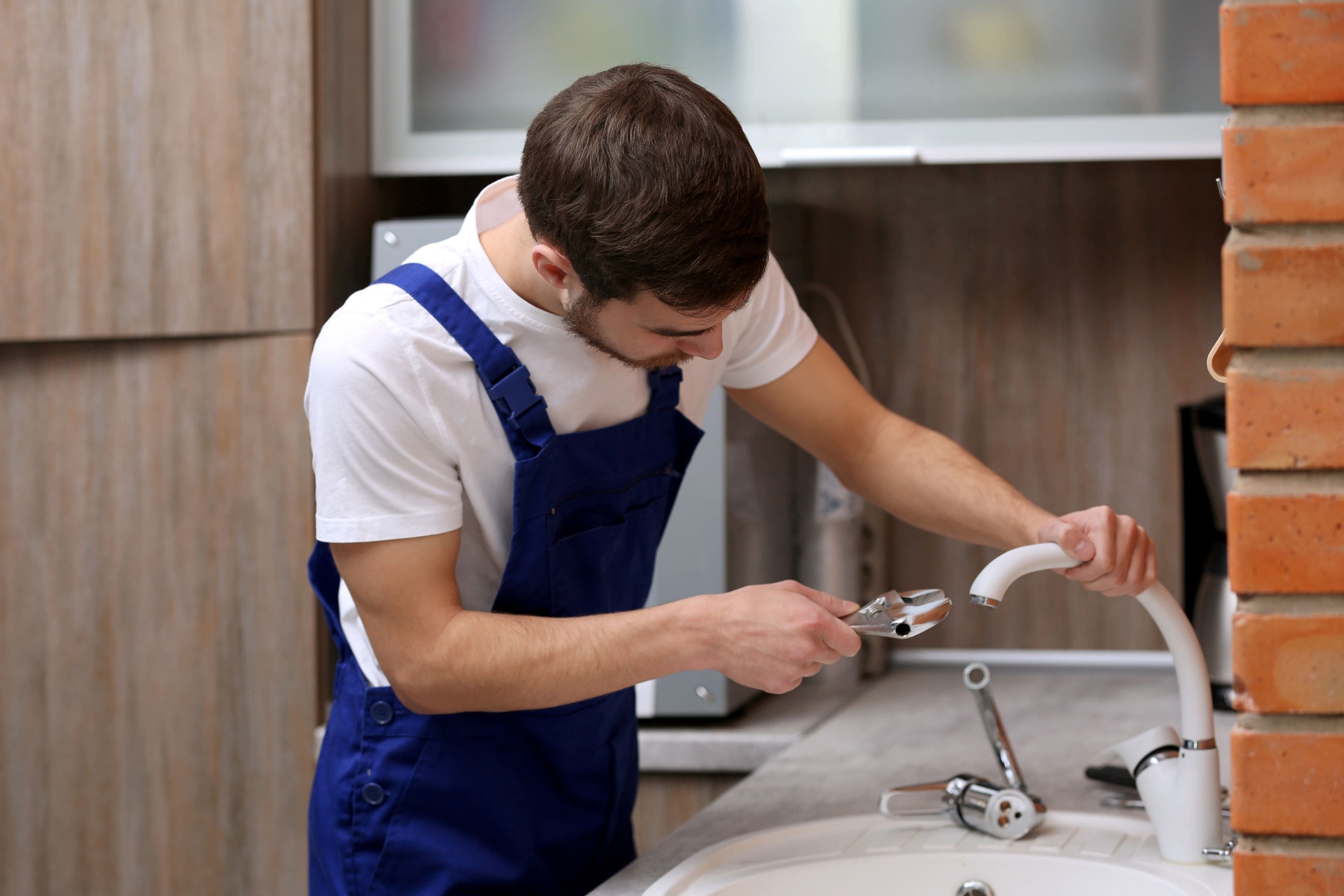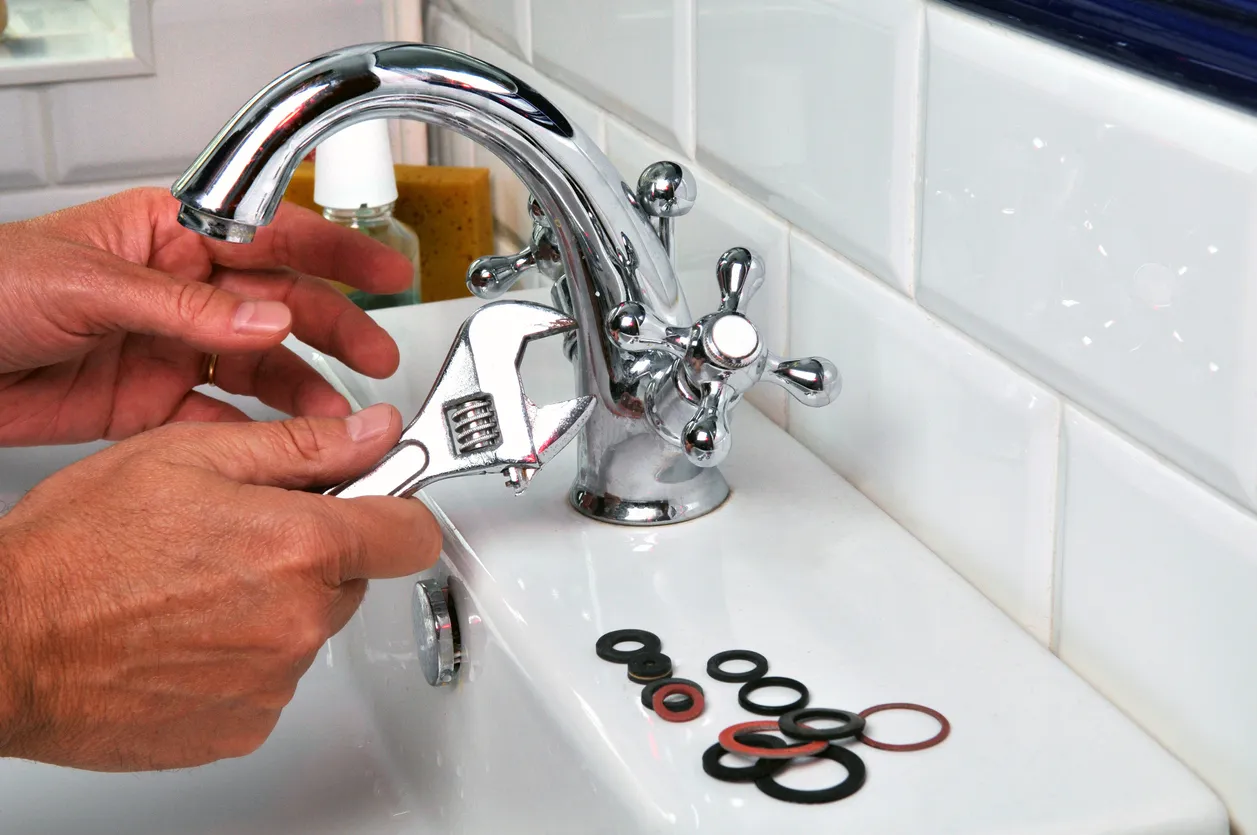Exploring the Value of Resolving a Faulty Faucet
Exploring the Value of Resolving a Faulty Faucet
Blog Article
The publisher is making several good pointers about Why Are My Faucets Dripping (And Can I Fix It Myself)? overall in this post further down.

Dripping taps might appear like a minor hassle, yet their influence goes beyond simply the inconvenience of the audio. From wasting water to incurring unnecessary economic prices and health and wellness dangers, overlooking a dripping faucet can cause different effects. In this article, we'll explore why it's critical to resolve this typical house concern promptly and effectively.
Wastage of Water
Ecological Impact
Leaking faucets contribute considerably to water wastefulness. According to the Environmental Protection Agency (EPA), a solitary faucet dripping at one drip per secondly can throw away greater than 3,000 gallons of water each year. This not only strains water resources however likewise impacts communities and wild animals dependent on them.
Financial Expenses
Increased Water Expenses
Past the ecological influence, trickling taps can pump up water expenses considerably. The gathered wastage gradually converts right into greater energy costs, which could have been avoided with timely repairs.
Prospective Property Damage
In addition, long term dripping can cause damage to fixtures and surface areas surrounding the faucet. Water buildup can create staining, corrosion, and also architectural issues if left neglected, leading to extra repair costs.
Wellness Concerns
Mold And Mildew and Mold Development
The constant presence of wetness from a trickling faucet creates a suitable environment for mold and mildew growth. These fungi not just compromise indoor air quality yet likewise position health dangers, particularly for people with respiratory problems or allergic reactions.
Waterborne Diseases
Stationary water in dripping taps can become a breeding place for bacteria and other virus, raising the risk of waterborne illness. Contaminants such as Legionella microorganisms thrive in stationary water, possibly resulting in significant diseases when consumed or inhaled.
Do it yourself vs. Specialist Repair
Pros and Cons of DIY Repair Service
While some may attempt to take care of a dripping faucet themselves, do it yourself fixings come with their own set of difficulties. Without correct knowledge and tools, do it yourself efforts can aggravate the issue or result in incomplete repair services, lengthening the trouble.
Advantages of Employing an Expert Plumber
Employing a specialist plumber makes certain that the underlying cause of the dripping faucet is dealt with efficiently. Plumbing professionals have the knowledge and tools to detect and fix tap concerns successfully, conserving time and lessening the threat of more damages.
Step-by-Step Overview to Dealing With a Dripping Tap
Tools Needed
Prior to attempting to repair a trickling tap, collect the required tools, including a flexible wrench, screwdrivers, substitute parts (such as washers or cartridges), and plumber's tape.
Typical Tap Issues and Their Solutions
Recognize the kind of tap and the particular concern creating the drip. Common problems include worn-out washing machines, corroded valve seats, or faulty O-rings. Describe supplier directions or on the internet tutorials for detailed advice on fixings.
Preventive Measures
Regular Upkeep Tips
To prevent trickling taps, carry out routine upkeep such as cleansing aerators, evaluating for leakages, and replacing damaged parts without delay. In addition, think about setting up water-saving tools or updating to more effective fixtures.
Significance of Prompt Repair Works
Attending to leaking taps as quickly as they're observed protects against further water wastage and possible damages, ultimately saving both water and cash over time.
Effect On Home Worth
Understanding of Well-Maintained Building
Maintaining a residential property in good condition, including attending to maintenance concerns like trickling faucets, boosts its viewed worth and desirability amongst potential purchasers or tenants.
Impact on Resale Worth
Qualities with well-maintained plumbing components, consisting of faucets, command higher resale worths in the real estate market. Resolving leaking taps can contribute to a favorable impression during residential or commercial property examinations and settlements.
Ecological Duty
Individual Payment to Conservation
Taking responsibility for taking care of dripping faucets lines up with broader efforts toward water conservation and environmental sustainability. Every person's activities collectively make a significant impact on preserving valuable resources.
Lasting Living Practices
By prioritizing punctual fixings and embracing water-saving behaviors, people contribute to sustainable living techniques that benefit both existing and future generations.
Final thought
Addressing a dripping faucet surpasses simple ease; it's an important step toward preserving water, decreasing monetary expenses, and guarding wellness and property. Whether via do it yourself fixings or expert assistance, taking action to fix trickling taps is a little yet impactful means to advertise responsible stewardship of resources and add to a much healthier, much more sustainable future.
How to Fix a Dripping or Leaky Faucet
A leaking faucet is one of the most common problems that homeowners encounter, but it being commonplace doesn’t make it any less annoying. The constant drip drip drip of a leaking bathtub faucet, showerhead, or sink tap can disturb your home’s serenity. Left neglected, a dripping faucet can also result in higher water bills and discoloration or mold growth in your sink or plumbing fixtures.
Fortunately, you don’t have to be a trained plumber to know how to stop a dripping faucet. With some basic tools, replacement parts, and a little patience, leaky faucet repair is a breeze. In this article, we’ll explain what causes dripping faucets and how you can fix them.
What Causes a Leaking Faucet?
Kitchen and bathroom faucets come in all manner of designs, but most involve some combination of valves, O-rings, seals, and washers. The O-ring is usually the weakest link, but any one of these pieces can wear down over time. Heat, moisture, temperature fluctuations, minerals, mold, and movement can contribute to warping and corrosion, breaking the watertight seal. This just comes with the territory of being a homeowner. Everything is always subject to wear and tear, and some component parts of your appliances and fixtures need to be replaced on occasion. At least replacement O-rings are cheap!
More rarely, dripping faucets can be a symptom of excessively high water pressure. Were this the case in your home, you would probably notice that the leak is not isolated to one faucet. Water pressure issues are harder to resolve on your own. We recommend contacting a professional plumber if you suspect your water pressure is too high.
How to Fix a Dripping Faucet
Pipe wrench or monkey wrench Allen wrench set Screwdrivers Old towel or rag Shut off the water.
Before you do anything, you need to turn off the water to keep from drenching your kitchen or bathroom. You should find a valve under the sink and against the wall. Once you’ve turned this valve, try turning the faucet on to confirm that the water source has been cut off.
If you can’t locate your local valve for the faucet you’re working on, you can always shut off the water to the house at the main valve. Of course, this will prohibit anyone from using the sinks, showers, or toilets while you’re working on the faucet that’s giving you trouble.
Plug or block the drain.
You’ll be disassembling the faucet and removing some small bits of hardware. Plug the drain with a stopper or rag to avoid the possibility of a small screw falling into your P-trap.
Take apart the faucet assembly.
There are several varieties of kitchen and bathroom faucets, each with its own manner of assembly. For detailed instructions on how to disassemble your faucet, you can refer to the fixture’s manual or contact the manufacturer. If you know whether you have a ball, disc, cartridge, or compression faucet, you can find detailed schematics online.
In general, you need to begin by removing the faucet handles. You might notice a small screw that you’ll need to remove with a screwdriver or Allen wrench. If you don’t see any visible securing hardware, it’s likely hidden under a decorative cap that can be unscrewed or popped off with flathead screwdriver.
Remove each piece methodically, consulting a schematic when necessary. Take notes or arrange the pieces in such a way to make it easier to correctly reassemble the faucet later.
Remove the cartridge.
Once you’ve removed the handles and securing hardware, you should be able to remove the valve cartridge or stem. Some cartridges will slide right out. Other faucet models will require you to loosen a nut with a pipe wrench before you can remove the valve stem.
Examine the exposed hardware.
With the cartridge or stem removed, inspect the component parts. Check the rubber O-rings for wear and tear. Also examine the seat washer for corrosion or other damage. These pieces are usually the responsible parties for a dripping faucet, but it’s worth inspecting the other component parts while you have the faucet disassembled.
Find replacement parts.
Once you’ve identified which faucet component has failed, find an identical replacement. Your local hardware store should have O-rings, seat washers, and other standard components in stock. If you have a luxury or uncommon faucet, you may have to contact the manufacturer for a replacement part.
It’s a good idea to take your old parts with you to the hardware store so you can compare them with the store’s inventory and be sure you’re purchasing the correct replacement.
Reassemble the faucet.
With your new parts in hand, reconstruct the faucet and handles. Don’t be tempted to overtighten screws or nuts. You might think this could create a better seal, but it can instead damage or bend a delicate part of the assembly and create a new problem for you.
Turn on the water and test the faucet.
The only thing left to do is test your work. Unplug the sink, turn the water back on, and try the faucet. Congratulate yourself on a job well done!
https://www.libertyhomeguard.com/how-to-fix-a-dripping-or-leaky-faucet/

I came across that review about Leaky Faucets: Why They Happen & What to Do About Them while doing a lookup on the search engines. Enjoyed reading our entry? Please share it. Help someone else locate it. I recognize the value of reading our article about What Causes Leaky Faucets & How To Fix Them.
Report this page